Name Leonhard Lapin | ||
 | ||
Inimese m de leonhard lapin
Leonhard Lapin (born 29 December 1947) is a versatile Estonian artist who has been active in fine art, art theory and architecture as well as in literature. He is considered one of Estonia's leading artists.
Contents
Näituseplakat "Tallinn-Moskva 1956-1985” - Leonhard Lapin
Biography

Lapin was born in Räpina, Estonia (then part of the Soviet Union) in 1947. He studied architecture at the Estonian Academy of Arts from 1966 to 1971.
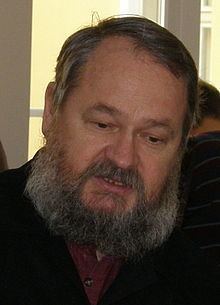
Apart from working as an architect, he also did artworks in pop art in the late 1960s, influenced by Andy Warhol, and was involved in organizing the SOUP 69 exhibition in Tallinn in 1969.
Lapin became a key member of the so-called "Tallinn school" of avant-gardist architecture which operated from 1972 to around 1985. It started with a manifesto, written in Tallinn in 1972 titled "Programme for an Exhibition of New Architecture", signed by Lapin together with Tiit Kaljundi, Vilen Künnapu, Avo-Himm Looveer and Ülevi Eljand. The "school" was later seen as culturally significant in the Estonian critique of Soviet politics and the ultimate emergence of an independent Estonian state. They wrote about the failure of Soviet modern architecture and city planning, and the uniformity of prefabricated housing areas surrounding Tallinn. In terms of their own "architectural style", the Tallinn avant-gardists were seen as postmodernists, similar in form language to American architects such as Robert Venturi and Peter Eisenman, though Lapin made more references to the aesthetic style of Russian Constructivism. Writing about Lapin's contribution, Georg Schöllhammer wrote: "Lapin's panel of a Tallinn silhouette created from cliches of Constructivism, his 'Cemetery of Suprematism' are like cynical epitaphs to the Soviet Union." Lapin said of his own attitude to what they were doing:
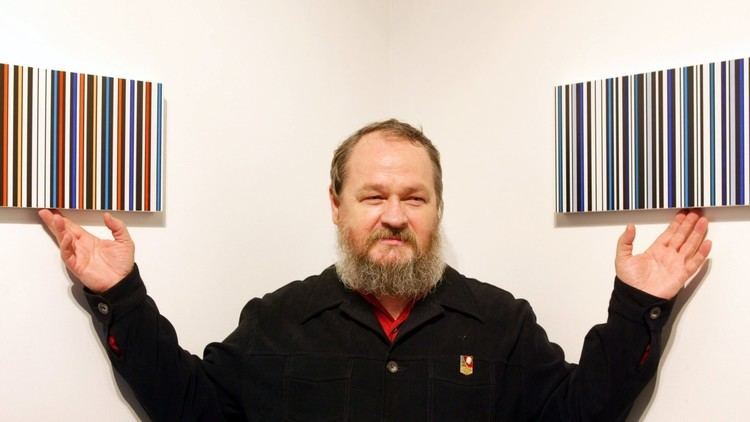
"In 1978 we presented 'pure ideas', as our aim was to show architecture as an independent form of art, a manifestation of the spiritual, but also as an independent and influential feature that played a part in social processes."
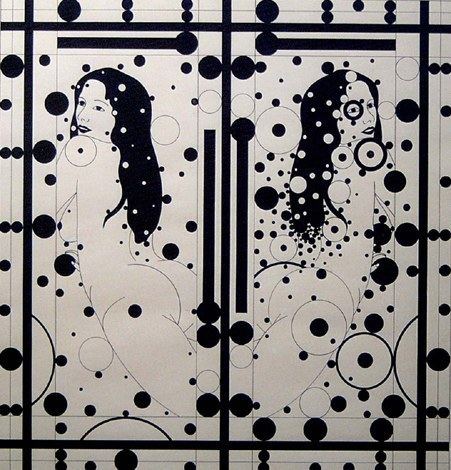
Within his comprehensive oeuvre, Lapin has created broad thematic series. His themes include relationship between nature, machine and man, void, visual processes and the language of signs.
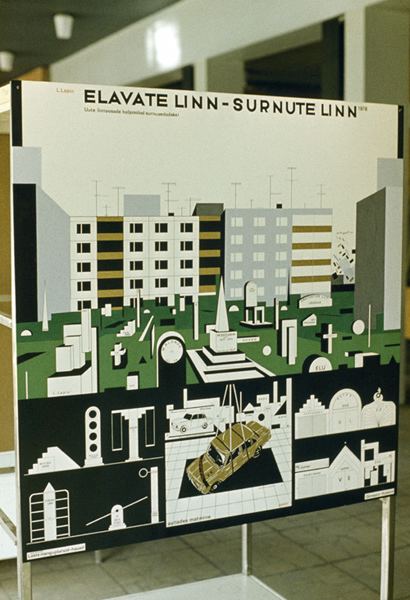
In 2003 Lapin began work on his "Code" series of paintings, based on a widespread symbol of the modern world: the bar code imprinted on consumer products. By reworking it, he converted it into one of the fundamental elements of his artistic work. He wants to make the abstracted structure more intimate and, thus, closer to nature.
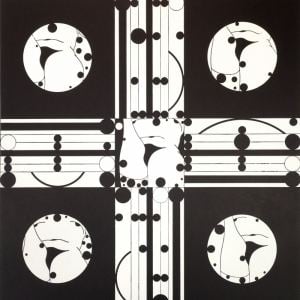
The Signs and Void exhibition at the Wäinö Aaltonen Museum of Art in Turku, Finland, in 2009 featured his major works – paintings, sculptures and graphics from the 1960s to the present day.
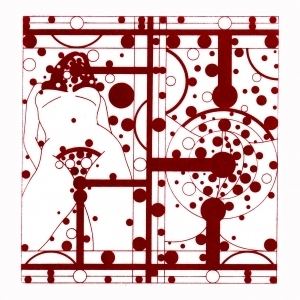
Though an architect by education, Lapin has been the head of the Chair of Composition and Colour Studies at the Estonian Academy of Arts. He has also taught, among other places, at the Faculty of Architecture of the Helsinki University of Technology and the Academy of Fine Arts, Helsinki.
